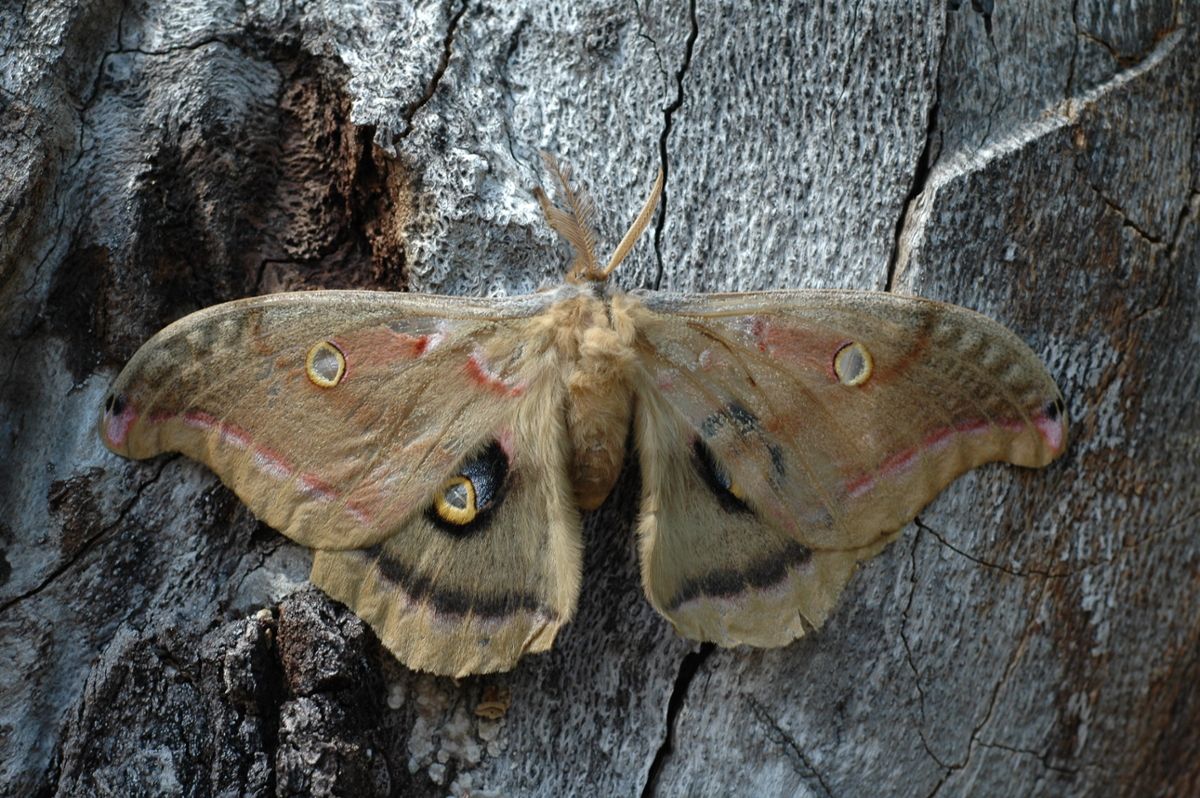D: Aaah, a perfect summer night.
Y: Let's turn on the porch light, it's getting dark out here.
D: But that'll attract moths.
Y: Well, maybe not. Moths are a lot less attracted to artificial light than they used to be.
D: Since when?
Y: Since not too long ago, which isn't a surprise to scientists. Since huge numbers of moths die from flying toward artificial lights and accidentally frying themselves, scientists figured there would be evolutionary consequences.
D: And they were right?
Y: They were. To test the idea, they collected hundreds of moth larvae from places where the night sky was dark, and hundreds from areas with high light pollution. They raised the insects in a lab until they emerged as moths. Then, two to three days later, the moths were let into a cage with a tube of fluorescent light on one side. The moths from high light pollution areas were thirty percent less attracted to the light than the moths from places with dark skies.
D: So they're evolving to stay away from artificial lights. Great! Fewer moths dying, and fewer dead moths for me to clean up. Everyone wins!
Y: Well, not so fast. You know how ecosystems work: one part changes, and it affects the whole thing. Scientists think that the reduction in flight-to-light behavior means the moths fly less. And when moths fly less, they don't pollinate as many flowers, or feed as many nocturnal animals, such as bats.
D: Who needs bats or flowers, anyway?
Y: I can't see your face to tell if you're joking or not.
D: I'm joking. Okay, let's turn on the porch light.










